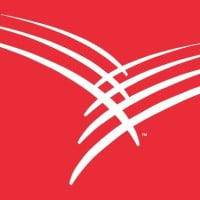Cardinal Health
7000 Cardinal Place, Dublin, OH, US, 43017
Last Update: 2025-11-21
Cardinal Health is a distributor of pharmaceuticals, a global manufacturer and distributor of medical and laboratory products, and a provider of performance and data solutions for healthcare facilities. With more than 50 years in business, operations in more than 30 countries and approximately 48,000 employees globally, we are moving healthcare forward. Disclaimer: LinkedIn is a third-party site unaffiliated with Cardinal Health. Cardinal Health is not responsible for the privacy or security policies or practices on LinkedIn or on any of the third-party websites that we may link to through LinkedIn. You should carefully review the privacy and security practices of LinkedIn and linked third-party websites. We do not necessarily endorse any information found here nor are we responsible for the accuracy of any information, opinions, claims, or advice found here or shared here by our followers. By posting content, ideas, or pictures, you grant Cardinal Health a non-exclusive, royalty-free, perpetual, and worldwide license to use your content and any images posted by you, including the rights to copy, distribute, transmit, display, reproduce, edit, translate, and reformat, and incorporate into a collective work. Cardinal Health reserves all rights relating to the company's LinkedIn account, including removing postings and prohibiting individuals from participating on the page.
NAICS: 62
NAICS Definition: Health Care and Social Assistance
Employees: 33,454
Subsidiaries: 2







